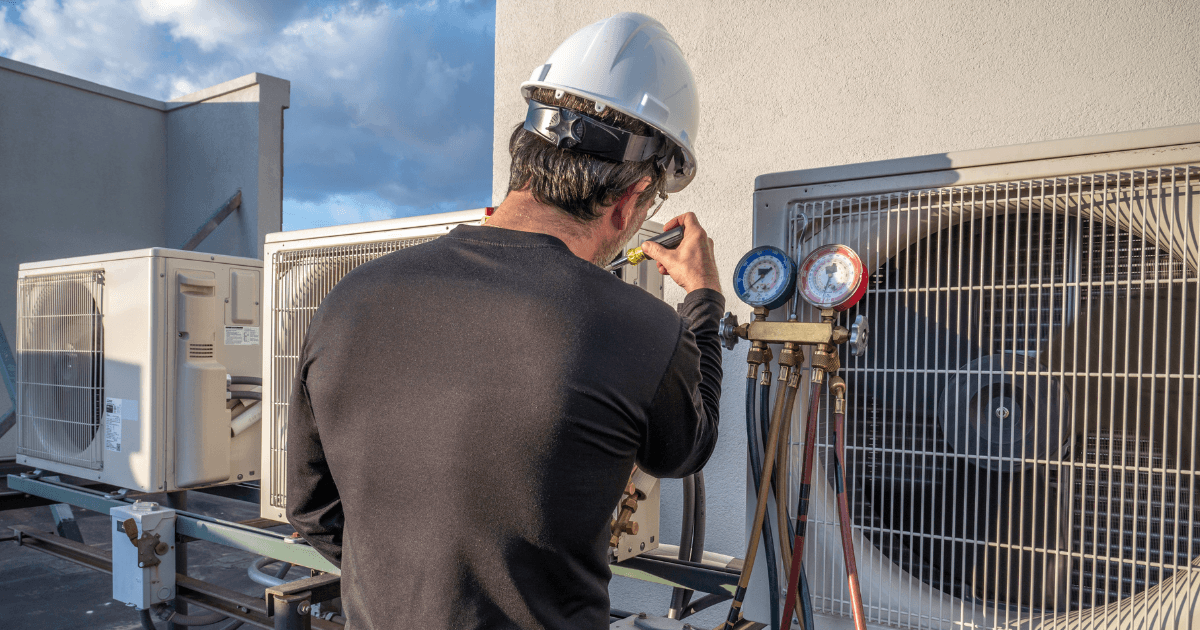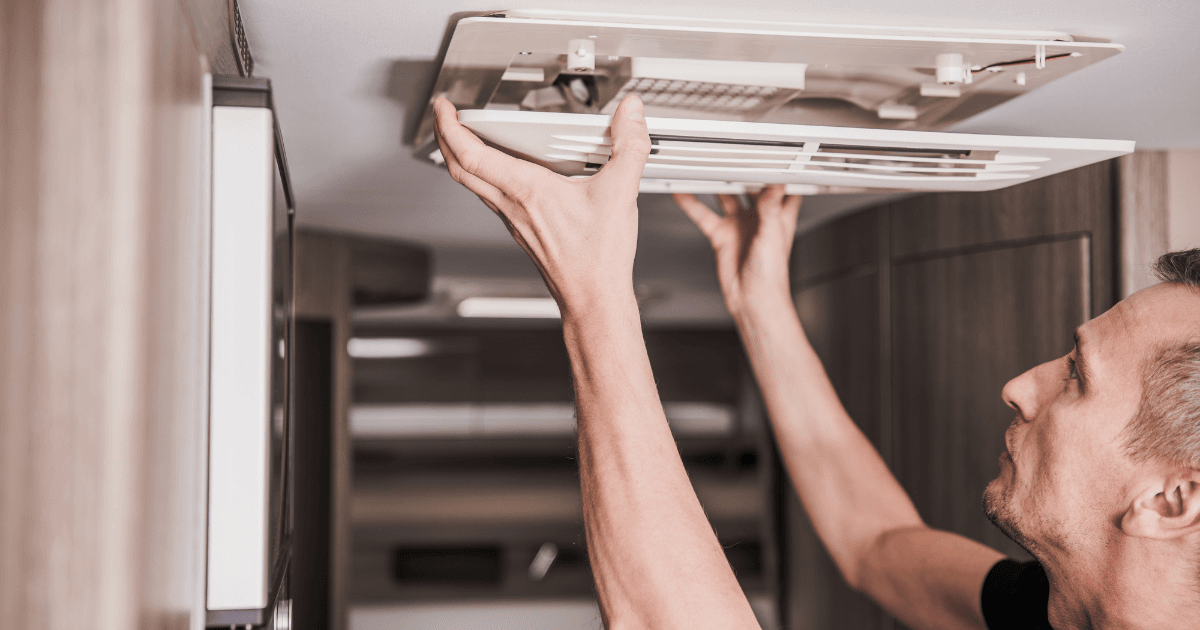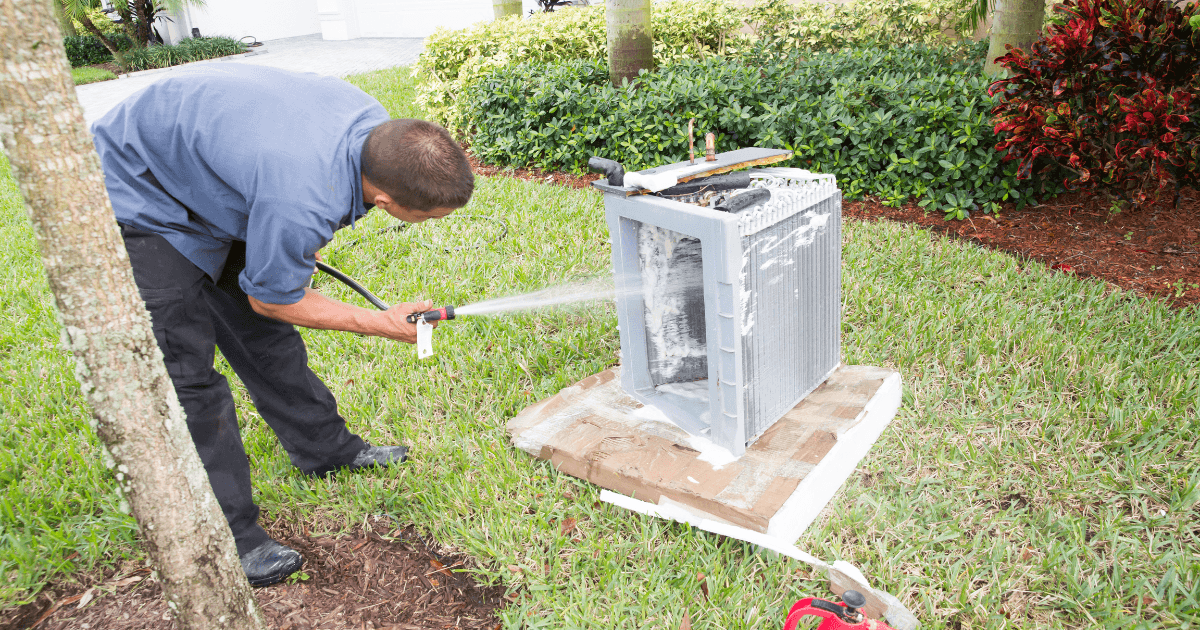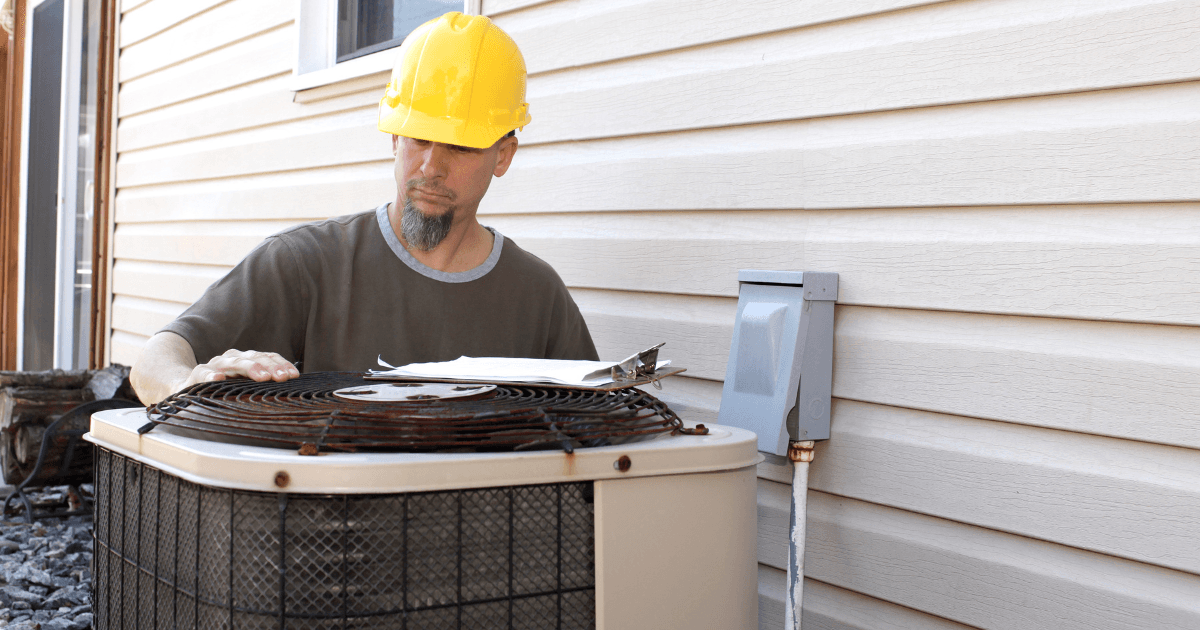The Arizona summer is a force of nature, with triple-digit temperatures stretching for months. For homeowners, this intense heat leads to skyrocketing energy bills, as air conditioning units run non-stop to keep indoor spaces cool and livable. But high energy bills aren’t an inevitability. By employing a blend of cutting-edge technology, smart strategies, and fundamental changes to how energy is used, it’s possible to significantly reduce costs—even during Arizona’s hottest months.
Using first principles thinking, we can deconstruct the core drivers of energy consumption during extreme heat and find transformative solutions to lower costs while maintaining comfort. By breaking down complex energy systems into their simplest components, this article will offer profound, actionable insights that go beyond conventional tips, reshaping the way homeowners think about energy use.
The Core Challenge: Why Arizona Summers Are So Energy-Intensive
Understanding the relationship between energy usage and temperature is the first step. At the most basic level, your home’s air conditioning system is designed to regulate indoor temperature by removing heat from the air inside and expelling it outside. But when the outdoor temperature is persistently high, the energy required to maintain a cool interior increases exponentially.
Arizona’s unique desert climate amplifies this challenge:
- Extreme Heat: With average summer temperatures often exceeding 100°F, air conditioning systems work harder to maintain comfortable indoor temperatures. The difference between outdoor and indoor temperatures increases the load on HVAC systems, which in turn drives up energy consumption.
- Low Humidity: While dry heat is more bearable than humid heat, it still places a significant strain on cooling systems. As humidity drops, the air conditioning system must cool the air more efficiently, which can require more energy.
Breaking down these factors allows us to design more effective solutions, focusing on minimizing the energy required for cooling.
Step One: Optimize Thermostat Settings for Energy Efficiency
The foundation of energy savings during the summer lies in optimizing your thermostat settings. The principles of energy use dictate that the greater the difference between indoor and outdoor temperatures, the more energy is required to maintain comfort. This principle is simple: lowering the demand on the cooling system by adjusting thermostat settings can have a massive impact on energy consumption.
Why It Works: The Physics of Cooling
Every degree you raise your thermostat during the summer reduces the workload on your air conditioner. According to the U.S. Department of Energy, setting your thermostat to 78°F while at home and higher when you’re away can result in up to 10% savings on your energy bill.
A programmable or smart thermostat goes a step further by automating temperature adjustments. These devices learn your patterns and adjust cooling based on occupancy and time of day. In Arizona, where outdoor temperatures drop significantly at night, programming your thermostat to allow higher temperatures while you sleep can result in substantial savings without sacrificing comfort.
Transformative Insight: The key isn’t simply setting your thermostat to a specific temperature—it’s programming it to adapt dynamically throughout the day. By scheduling cooling for times when you’re home and allowing temperatures to rise when you’re away, you tap into the core principle of minimizing unnecessary energy use.
Step Two: Leverage Natural Cooling and Ventilation
When examining energy use through the lens of first principles, we find that heat naturally seeks equilibrium—hot air moves toward cooler spaces. Understanding this principle allows homeowners to use natural cooling and ventilation to reduce reliance on energy-hungry AC units.
Strategic Use of Window Coverings
Arizona’s sun is relentless, and a significant amount of indoor heat comes from sunlight entering through windows. Blocking out this solar heat can reduce the amount of work your AC system has to do. Blackout curtains, window films, and reflective blinds prevent up to 77% of solar heat from entering your home, reducing indoor temperatures by several degrees. By creating a barrier between the heat source (the sun) and the cool air inside, you can naturally lower indoor temperatures without using additional energy.
Nighttime Ventilation
One of Arizona’s natural advantages is the temperature drop that occurs at night, even during the hottest summer days. By opening windows and allowing cooler air to circulate in the late evening and early morning, you can “pre-cool” your home before the day’s heat sets in. When coupled with ceiling fans, which circulate air without generating heat, this strategy can significantly reduce your reliance on AC.
Transformative Insight: By aligning your cooling strategies with the principles of heat transfer and natural airflow, you can lower indoor temperatures using the environment itself, reducing the demand on your AC system and lowering energy costs.
Step Three: Invest in Long-Term Energy Efficiency Solutions
While short-term fixes can make a noticeable impact, truly transformative energy savings come from long-term investments in efficiency. By addressing the fundamental drivers of energy consumption—insulation, HVAC systems, and appliance efficiency—you can make your home more resilient to Arizona’s extreme heat.
Upgrade to a High-Efficiency HVAC System
At the core of every cooling system is the air conditioning unit itself. Older HVAC systems, especially those with low SEER (Seasonal Energy Efficiency Ratio) ratings, consume far more energy than modern systems designed for energy efficiency. For Arizona homeowners, upgrading to a high-SEER system can lead to dramatic reductions in energy use. Newer units not only cool more effectively, but they also use less electricity to remove the same amount of heat, making them a sound investment.
The Insulation Equation
From a first-principles perspective, the insulation in your home is what controls heat flow. Poor insulation allows heat to penetrate the home, forcing the AC to work overtime to maintain cool indoor temperatures. By upgrading your insulation—particularly in the attic and walls—you create a thermal barrier that prevents heat from entering in the first place. This means your AC unit won’t have to run as long or as hard to keep your home comfortable.
Energy-Efficient Windows
Another significant driver of heat gain in homes is outdated windows. Energy-efficient windows are designed with low-emissivity (Low-E) coatings that reflect heat, keeping it outside where it belongs. By reducing the amount of solar radiation that enters the home, energy-efficient windows can reduce cooling loads by 10-15%, leading to substantial energy savings.
Transformative Insight: Long-term investments like high-SEER HVAC systems, upgraded insulation, and energy-efficient windows don’t just provide immediate savings—they fundamentally alter how your home interacts with its environment, reducing energy demand year after year.
Step Four: Harness the Power of Solar Energy
Arizona is one of the sunniest places in the world, making it a prime candidate for solar energy solutions. The core principle behind solar power is converting the sun’s energy into electricity—essentially tapping into a free, limitless resource to offset energy costs.
Solar Power for Cooling
Installing solar panels not only reduces your reliance on the grid, but it also allows you to use solar-generated electricity to power your air conditioning system during peak hours. In Arizona, where electricity rates can spike during high-demand periods, using solar energy to cool your home can result in massive savings. Plus, any excess energy generated during the day can be sold back to the grid, providing additional financial benefits.
Transformative Insight: Solar energy isn’t just an alternative energy source—it’s the ultimate way to decentralize your home’s energy consumption, making you less reliant on the grid and allowing you to harness Arizona’s greatest natural resource: the sun.
Step Five: Smart Home Technology and Energy Monitoring
The future of energy savings lies in automation and data-driven decision-making. By integrating smart home technology and energy monitoring systems, you can optimize your home’s energy use with precision.
Smart Thermostats and Automation
We’ve already discussed the benefits of smart thermostats, but when integrated with a fully automated home system, the potential for savings increases exponentially. Smart thermostats can work in tandem with sensors, learning your daily patterns and adjusting cooling schedules to match your lifestyle. For example, the system can turn off the AC when you leave for work and start cooling the house just before you return, reducing energy waste.
Real-Time Energy Monitoring
Smart energy monitors allow you to track your home’s energy use in real-time, providing insights into which devices or systems are consuming the most power. Armed with this data, you can make informed decisions about when to run appliances, adjust cooling schedules, or identify energy-draining inefficiencies in your home.
Transformative Insight: By utilizing smart technology and real-time data, you can take a proactive approach to energy savings, fine-tuning your home’s energy consumption to ensure optimal efficiency.
Conclusion: Rethinking Energy Savings from the Ground Up
By deconstructing energy consumption during Arizona’s intense summer heat using first principles, we can identify the most effective strategies for lowering energy bills. From optimizing thermostat settings to investing in solar power and smart home technologies, the key to transformative energy savings lies in a deep understanding of how heat moves, how cooling systems function, and how the environment can work in your favor.
The future of energy savings isn’t about doing less—it’s about doing more with less energy. By combining short-term fixes with long-term investments, Arizona homeowners can reduce their energy bills while staying comfortable, even during the most relentless summer heat.





